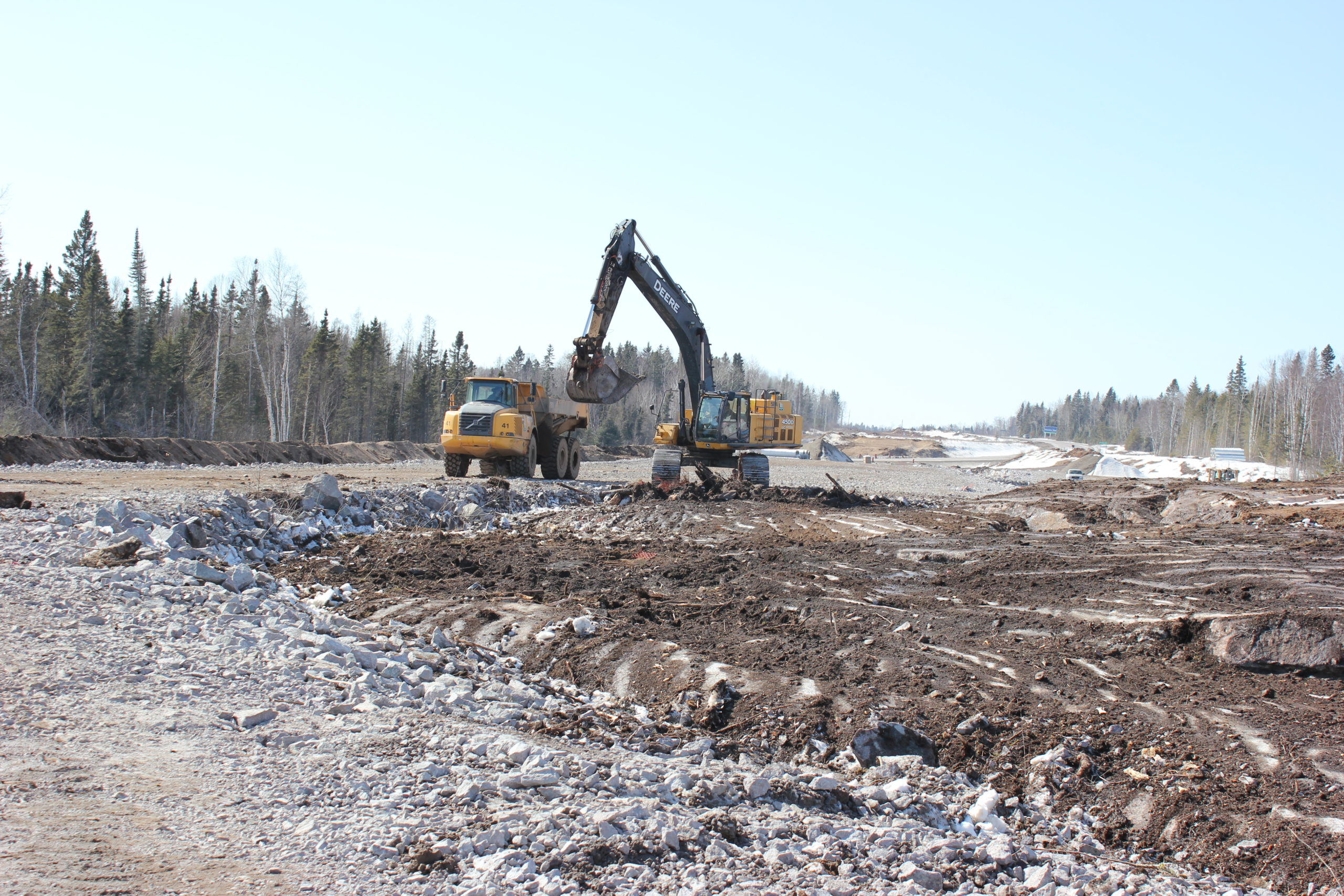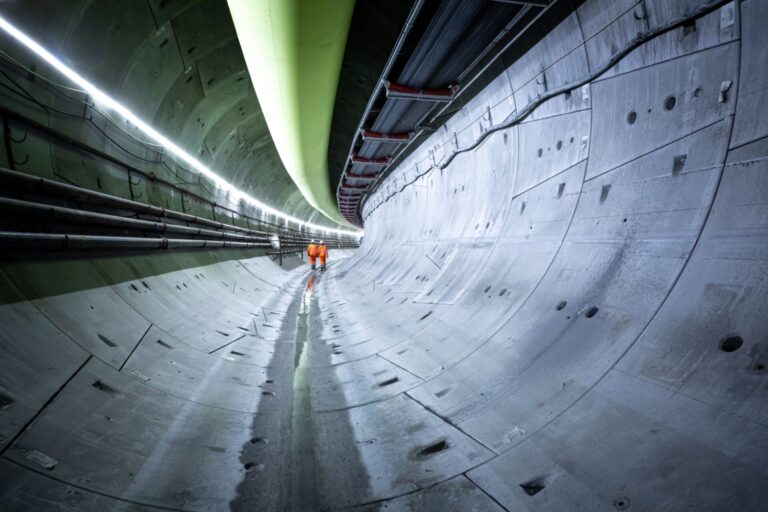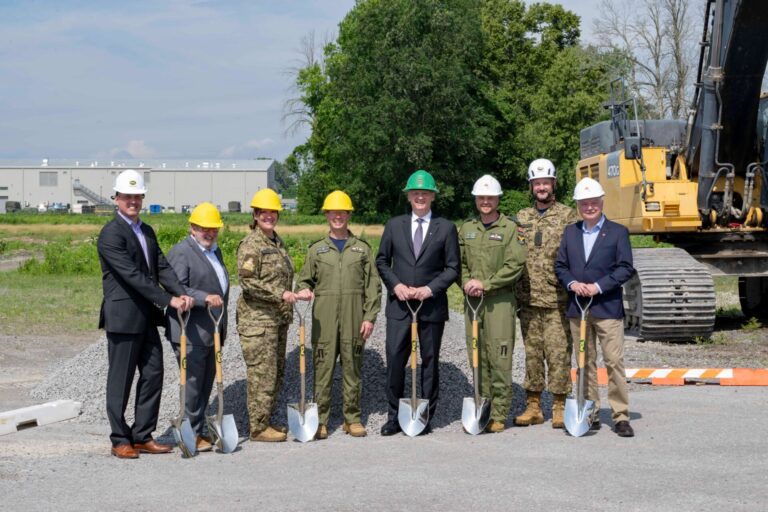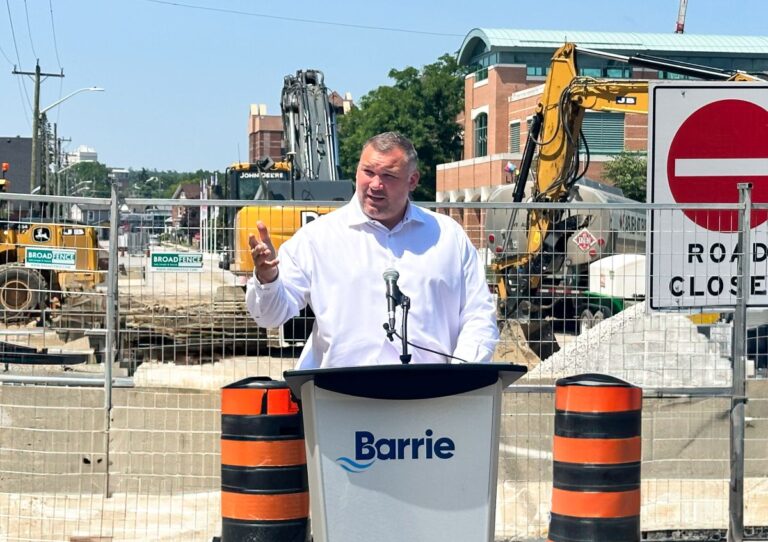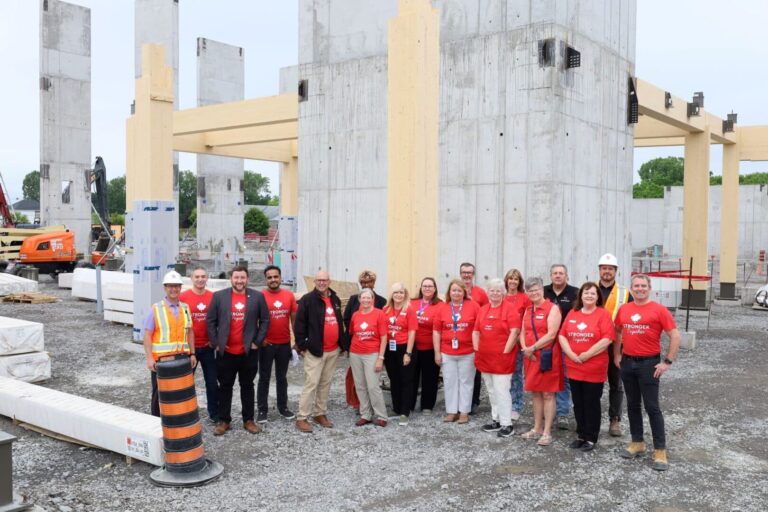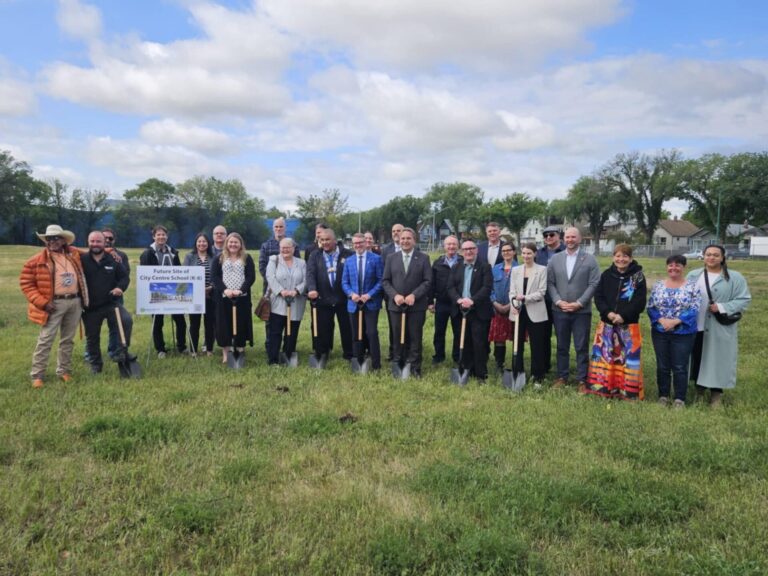The Ontario government is investing more than $3.7 million to train 110 members of Treaty #3 First Nations communities for rewarding careers in construction. Through this investment, participants will gain the skills they need to start well-paying jobs twinning the TransCanada Highway 17 as construction craft workers, heavy equipment operators, general construction workers, and concrete workers. Some of these jobs pay as high as $44 an hour.
Monte McNaughton, Minister of Labour, Training and Skills Development, made the announcement during a stop in Kenora on a tour of Northern Ontario. First Nations business and political leaders and local MPP Greg Rickford, Minister of Northern Development, Mines, Natural Resources and Forestry, and Minister of Indigenous Affairs, joined Minister McNaughton in making the announcement at the Seven Generations Education Institute.
“Our province faces a severe shortage of skilled workers, with tens of thousands of jobs in construction going unfilled daily,” said Minister McNaughton. “Many of these jobs pay six figures, with pension and benefits. Today’s investment will give First Nations people in Northern Ontario the training and skills they need to open the door to these meaningful career opportunities, helping build better lives for themselves and their loved ones.”
This project will be of primary benefit to members of four Kenora area First Nations in Treaty 3 territory, represented by the Niiwin Wendaanimok communities. It will prioritize people who are unemployed, underemployed, or at risk of losing their jobs. The communities involved include Washagamis Bay First Nation, Shoal Lake 40 First Nation, Wauzhusk Onigum First Nation, and Niisaachewan Anishinaabe Nation.
“For too long a whole wall of obstacles has kept job opportunities and job experience out of reach of our people,” said Chief Chris Skead, Wauzhushk Onigum Nation. “We’re very pleased that Ontario is partnering with our development corporation to secure good job opportunities and begin to overcome some of those capacity and other obstacles.”
Minister Rickford said this announcement shows the government’s commitment to supporting the skilled trades while promoting inclusion and opportunities in Indigenous communities. “Today’s investments will help to further bridge the opportunity gap for Indigenous workers, their families, and their communities. This project will be a game changer for many of Kenora’s Indigenous peoples who can now look forward to a more prosperous, secure future.”
Large construction projects in the Kenora region often rely on the use of outside labour. This has left many First Nations people without the skills and work experience to qualify for these jobs when they are available in the area.
This announcement, the province says will address this skills gap some First Nations members face by providing participants with a variety of free training programs, including secondary school upgrading, driver’s education, workplace safety and certification and skills training needed for the Highway 17 and other projects.
“Widening Highway 17 between the Manitoba border and Kenora to reduce travel times and improve safety is part of our transportation plan for Northern Ontario, said Caroline Mulroney, Minister of Transportation. “Together with Indigenous communities in the Kenora region, we are delivering on our shared goal of creating jobs, improving safety and building a better transportation system in the North.”
Featured image: The four-lane twinning of Hwy 11/17, over 14.5 km, from 3.5 km west of Hwy 587, westerly along the north shore of Lake Superior. (Bot Construction Group)

